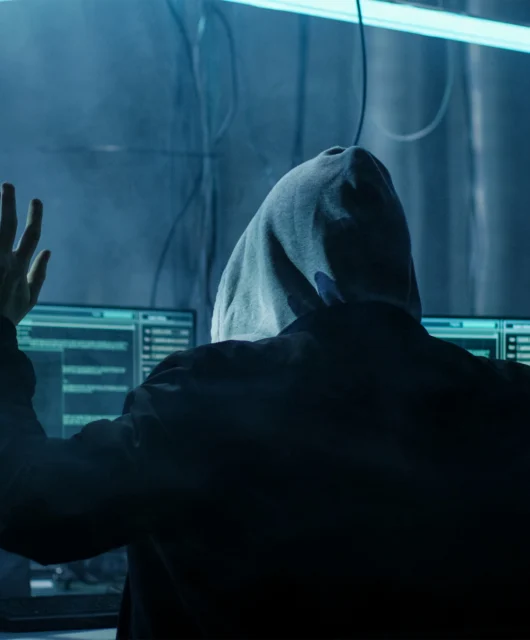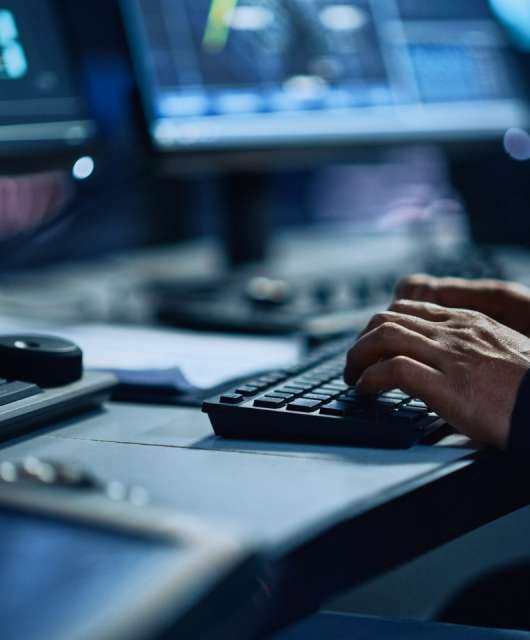Keeping software up-to-date is one of the most important things people can do to protect themselves from becoming victims of cybercrime. Unfortunately, bad actors daily find and exploit different types of loopholes in operating systems, apps, firmware, and general desktop software. Just last year, the FBI received reports for losses worth over $10 billion, an increase of nearly 50% compared to 2021. If the growth percentage remains as high in 2023, the USA will end this year with approximately 15 billion dollars in losses.
While security agencies can recover a big chunk of the stolen funds after reports are filed with the authorities, one of the significant factors that cause businesses and individuals to lose so much money is their stubbornness to maintain a high level of security by simply applying patches and keeping software up-to-date. Hackers are actively monitoring the release of 0-day exploits. Sometimes government agencies unintentionally even promote those security loopholes as hackers receive the alerts and quickly exploit the security weakness before IT administrators and regular individuals apply the security fixes.
Hospitals and health organizations, in general, are particularly vulnerable as the equipment is often dated and necessary to work constantly, hence not allowing IT staff to perform the required updates and apply security patches recommended by tech companies. Unfortunately, healthcare organizations are not the only ones suffering massively. Almost every day, we hear news of individuals and organizations of all sizes getting hit by ransom after bad actors somehow sneak into a weak network or system. Often the way to get in does not even require a lot of skills but just good timing and monitoring of announcements for zero-day exploits. And the overworked IT staff’s inability to keep up with the constant updates costs business owners and governments a lot.
The lack of understanding of the importance of updating software come from more than just the corporate industry. Individuals are also a big part of the problem as unprotected intelligent home devices often end up under the control of hackers who use them to perform malicious activities such as DDoS attacks. A hacked “smart” birdfeeder might not sound very dangerous. Still, an army of hacked intelligent devices controlled by cyber criminals might end up responsible for downing an airline website or a government service. Botnets made of weak smart devices and routers can cause much damage. Delays in software updates also give hackers the time to deploy malicious codes and steal sensitive information from personal devices, leading to identity theft, ransom requests, loss of important files, etc.
Tech giants such as Microsoft and Apple constantly release patches and updates that are in place to protect individuals and businesses from becoming victims, and those need to be applied promptly. If you are struggling to stay up to speed with the latest software versions on all your connected devices and you care for your cyber security, consider using anti-virus software. Top cyber security solutions are available out there and are reasonably affordable. Both individuals and businesses could use innovative anti-virus tools to stay secure and up-to-date with software improvements and patches.








